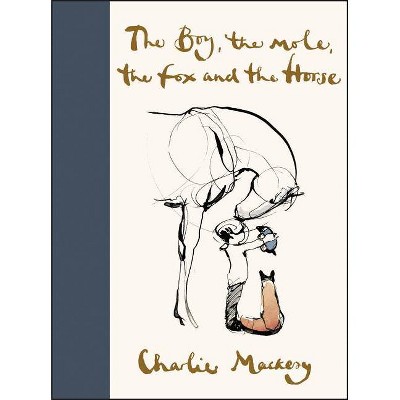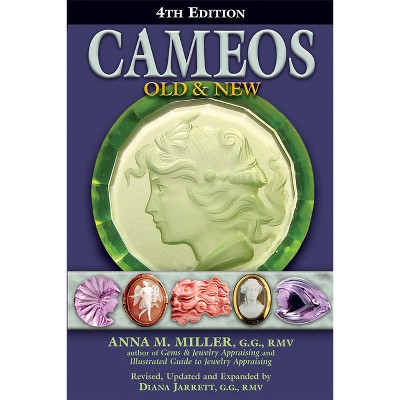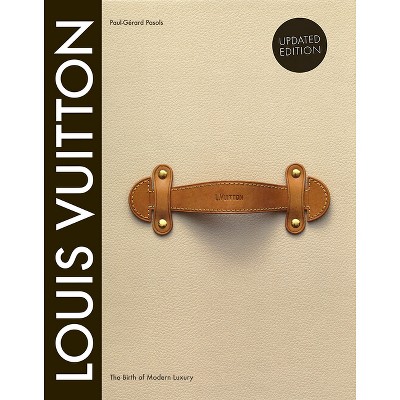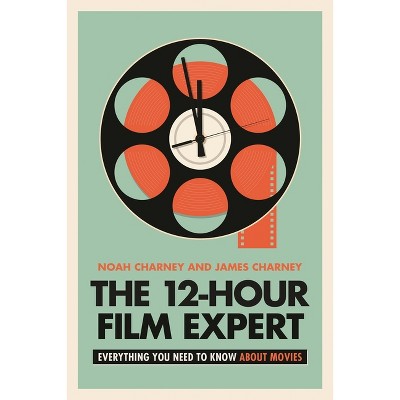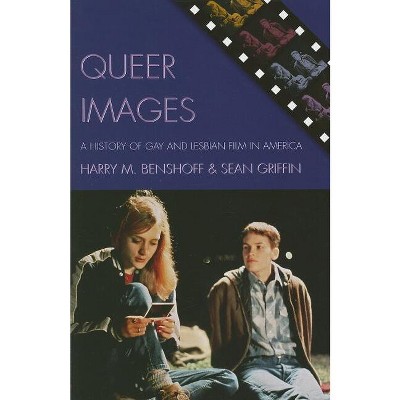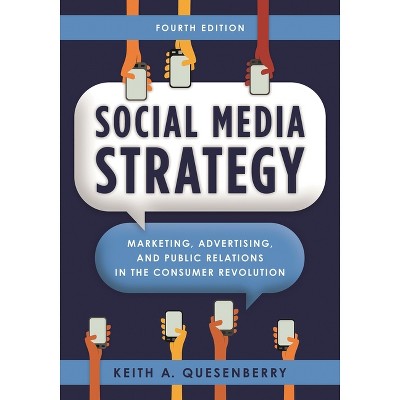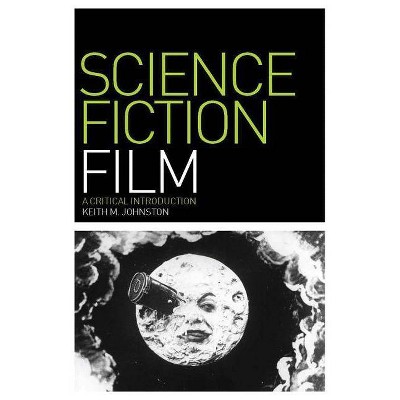Sponsored

American Noir Film - by M Keith Booker (Hardcover)
$44.99
In Stock
Eligible for registries and wish lists
Sponsored
About this item
Highlights
- Publishers Weekly praises this deep dive into classic noir films, noting, "Cinephiles will be enthralled.
- Edgar Allan Poe Awards (Critical/Biographical) 2025 3rd Winner
- About the Author: M. Keith Booker is the author or editor of over sixty books including Mad Men: A Cultural History (Rowman & Littlefield, 2016), Tony Soprano's America: Gangsters, Guns, and Money (Rowman & Littlefield, 2017), Star Trek: A Cultural History (Rowman & Littlefield, 2018), and The Coen Brothers' America (Rowman & Littlefield, 2019).
- 224 Pages
- Performing Arts, Film
Description
About the Book
Publishers Weekly praises this deep dive into classic noir films, noting, "Cinephiles will be enthralled." Booklist calls it a "riveting history of the film noir genre" in a starred review, saying, "This is one of the best, best written, most insightful analyses of film noir, and it demands to be read by fans of film history."Book Synopsis
Publishers Weekly praises this deep dive into classic noir films, noting, "Cinephiles will be enthralled." Booklist calls it a "riveting history of the film noir genre" in a starred review, saying, "This is one of the best, best written, most insightful analyses of film noir, and it demands to be read by fans of film history."Review Quotes
American Noir Film is a lucid and thoughtful introduction to film noir and its neo- and revisionary variants. Throughout, Booker expertly periodizes film noir and its various tropes, supported by careful close readings of key films. This is an essential read for students and experts alike who wish to learn more about film noir.
This is a neatly structured and superbly argued study of film noir from the 1940s to the present day. Booker develops a trajectory that leads from classic noir films like The Maltese Falcon to neo-noir efforts like Chinatown to what he calls ldquo;revisionary noir, rdquo; movies (like Inherent Vice and Uncut Gems) that push the genrersquo;s tropes to their limits in critical and transformative ways. The book offers consistently illuminating discussions of a wide range of topics, from the gender politics of noir to the way the genre engages with historical events and contexts, and Booker has a magisterial command of the relevant primary and secondary texts. American Noir Film is highly recommended to anyone interested in the development of this important and complex cinematic artform.
While expertly deploying examples and case studies that span roughly one hundred years, M. Keith Booker maps out the importance of film noir within American culture and the history of cinema. Bookerrsquo;s novel ldquo;revisionary noirrdquo; designation productively extends the purview of film noir into the twenty-first century and illuminates how filmmakers continue to use and adapt such aesthetics, narratives, and themes. For scholars, students, casual viewers, and newcomers alike, this expansive study of film noir is an engaging and compelling read.
About the Author
M. Keith Booker is the author or editor of over sixty books including Mad Men: A Cultural History (Rowman & Littlefield, 2016), Tony Soprano's America: Gangsters, Guns, and Money (Rowman & Littlefield, 2017), Star Trek: A Cultural History (Rowman & Littlefield, 2018), and The Coen Brothers' America (Rowman & Littlefield, 2019). He is professor of English at the University of Arkansas.Dimensions (Overall): 9.1 Inches (H) x 6.2 Inches (W) x .8 Inches (D)
Weight: .8 Pounds
Suggested Age: 22 Years and Up
Number of Pages: 224
Genre: Performing Arts
Sub-Genre: Film
Publisher: Rowman & Littlefield Publishers
Theme: History & Criticism
Format: Hardcover
Author: M Keith Booker
Language: English
Street Date: November 19, 2024
TCIN: 1004176859
UPC: 9781538194096
Item Number (DPCI): 247-30-2104
Origin: Made in the USA or Imported
If the item details aren’t accurate or complete, we want to know about it.
Shipping details
Estimated ship dimensions: 0.8 inches length x 6.2 inches width x 9.1 inches height
Estimated ship weight: 0.8 pounds
We regret that this item cannot be shipped to PO Boxes.
This item cannot be shipped to the following locations: American Samoa (see also separate entry under AS), Guam (see also separate entry under GU), Northern Mariana Islands, Puerto Rico (see also separate entry under PR), United States Minor Outlying Islands, Virgin Islands, U.S., APO/FPO
Return details
This item can be returned to any Target store or Target.com.
This item must be returned within 90 days of the date it was purchased in store, shipped, delivered by a Shipt shopper, or made ready for pickup.
See the return policy for complete information.
Trending Non-Fiction

$19.31
was $20.98 New lower price
4 out of 5 stars with 65 ratings

$18.28
was $19.58 New lower price
4.7 out of 5 stars with 17 ratings

$4.59
MSRP $7.99
Buy 2, get 1 free select books
4.8 out of 5 stars with 123 ratings

$6.20
MSRP $10.95
Buy 2, get 1 free select books
4.8 out of 5 stars with 33 ratings

$7.09
MSRP $9.99
Buy 2, get 1 free select books
4.9 out of 5 stars with 46 ratings
Related Categories
5.0 out of 5 stars with 1 reviews
